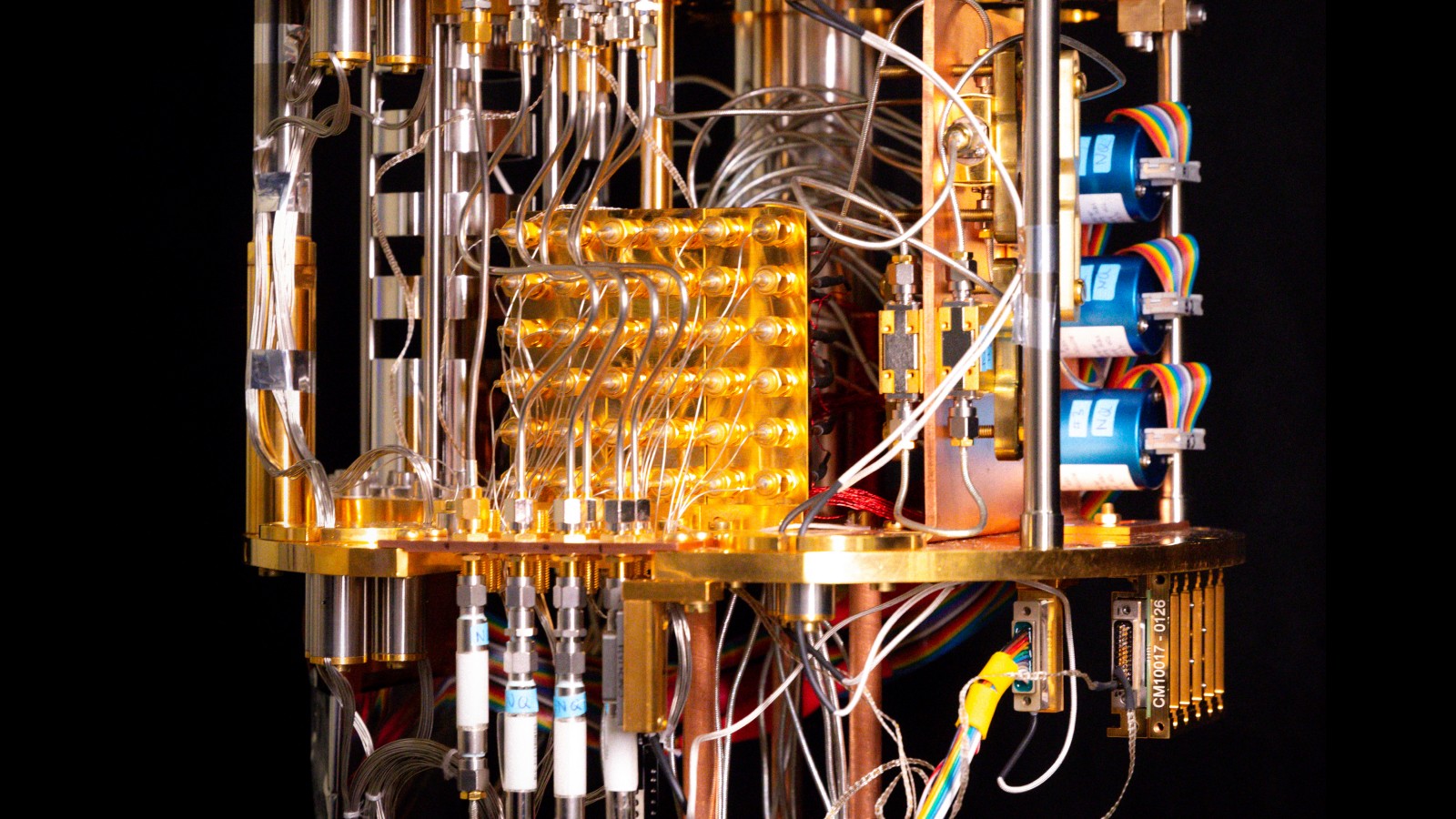Energies, Vol. 16, Pages 1090: Curve Optimization for the Anidolic Daylight System Counterbalancing Energy Saving, Indoor Visual and Thermal Comfort for Sydney Dwellings
Energies doi: 10.3390/en16031090
Authors: Ehsan Sorooshnia Payam Rahnamayiezekavat Maria Rashidi Mahsan Sadeghi Bijan Samali
Daylight penetration significantly affects building thermal-daylighting performance, and serve a dual function of permitting sunlight and creating a pleasant indoor environment. More recent attention has focused on the provision of daylight in the rear part of indoor spaces in designing sustainable buildings. Passive Anidolic Daylighting Systems (ADS) are effective tools for daylight collection and redistribution of sunlight towards the back of the room. As affordable and low-maintenance systems, they can provide indoor daylight and alleviate the problem of daylight over-provision near the window and under-provision in the rear part of the room. Much of the current literature on the ADS pays particular attention to visual comfort and rarely to thermal comfort. Therefore, a reasonable compromise between visual and thermal comfort as well as energy consumption becomes the main issue for energy-optimized aperture design in the tropics and subtropics, in cities such as Sydney, Australia. The objective of the current study was to devise a system that could act as a double-performance of shade and reflective tool. The central aim of this paper is to find the optimum curve that can optimize daylight admission without an expensive active tracking system. A combination of in-detail simulation (considering every possible sky condition throughout a year) and multi-objective optimization (considering indoor visual and thermal comfort as well as the view to the outside), which was validated by field measurement, resulted in the optimum ADS for the local dwellings in Sydney, Australia. An approximate 62% increase in Daylight Factor, 5% decrease in yearly average heating load, 17% savings in annual artificial lighting energy, and 30% decrease in Predicted Percentage Dissatisfied (PPD) were achieved through optimizing the ADS curve.

 1 year ago
38
1 year ago
38

